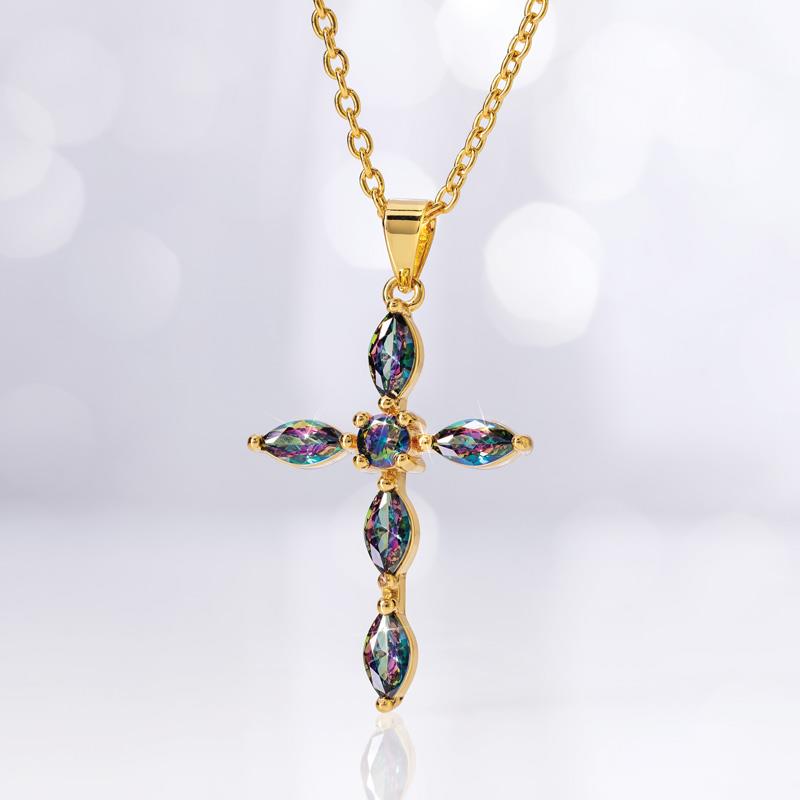The Empire strikes back
The stone borne from the stars embraced in the timeless style of the Byzantine Empire
Looking to make an impression of galactic proportions? Then you've come to the right place. Our Italian artisans have joined the most scintillating stone on Earth with one of the most influential jewelry styles in the world. Behold: The Bizantina Moissanite Collection.
In 1893, French scientist Henri Moissan discovered an extremely rare mineral in a 50,000-year-old meteorite in Canyon Diablo in Arizona. Later in his career, he won a Nobel Prize for his vast work, with moissanite becoming his namesake. Little did he know his discovery would become an extremely popular alternative to a diamond. In fact, according to the GIA (Gemological Institute of America), moissanite outperforms all jewels in terms of its brilliance fire, and luster. However, to call moissanite a diamond would be an insult. You see, moissanite has “double refraction”–– meaning light goes down into the stone and comes out not once, but twice. No diamond can do this.
Here, moissanite solitaires shine brightly from the intricate metalwork that's the hallmark of Byzantine design. For 1,000 years, the Byzantine Empire was the most powerful cultural, economic and military force in Europe. Merging a multitude of great traditions from Greece and Egypt to the Near East and parts of North Africa and Russia, Byzantine jewelers reached new heights in craftsmanship, creating some of the most opulent and ornate jewelry the world has ever seen. And it has endured to this day.
Both timeless and ahead of its time, this necklace is truly out of this world. And, the price? It's pretty stellar too.








